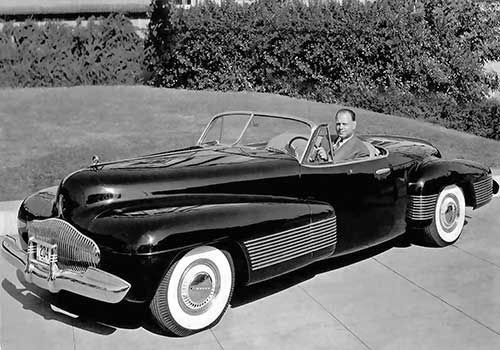
(GM VP Harley Earl in the forward-leaning Buick Y-Job, a concept car that became a prototype. Photo General Motors).
I got a note from an alert reader in New Mexico this morning who asked what the difference was between “concept cars” and “production models.” It was a good question, since the lines blur. The question arose from the description of the amazing 1955 Hudson Italia we talked about yesterday. Since there were 26 of them on the road, wouldn’t that make them not a concept, but a limited production model?
Well, yes. But it is more complicated than that. The Italia was designed to be sold in small numbers, but the vicissitudes of capitalism and corporate mergers left the model high and dry. The cost of the fancy European sheet metal also made them as expensive as a Cadillac Coupe de Ville, so it would have had a hard time competing in the market. But Hudsons wanted to make a last gasp statement that it was cool, and so there was the Italia.
The simple (and incorrect) answer is that there are production cars and there are concept cars. The former is what you can buy at a dealer; the latter is part R&D, part proof of concept, and part pure marketing.
The Italia- limited to only 25 plus the first concept model- was a sort of hybrid There was a real intent to convert the model into a full production model, based on exotic Italian bodywork married to the standard Hudson Jet engine and drive train. The merger with American Motors and the addition of the Nash line to the company left some orphans, of which the Italia was one. I think it qualifies as a “concept” car since things like the scoops over the headlights were meant to convey the idea that air was ducted onto the brake drums for additional cooling, but in point of fact, the ducts didn’t actually connect to anything inside the wheel well. They would have been a real pain in the butt to clean out of squashed bugs after a long road trip.
The legendary designer Harley Earl of GM (a contemporary, if much more successful, designer than Dad) is credited with the idea of the Concept cars, which were never intended to go into production. Instead, they were used to create “sizzle” at car shows and toured nationally at the old traveling Motorama shows. Here is an example out of of Harley’s concept design shop, the Buick Centurion. Note there is no trunk, which would be a real hassle in a production car, but would spoil the bold conceptual lines:
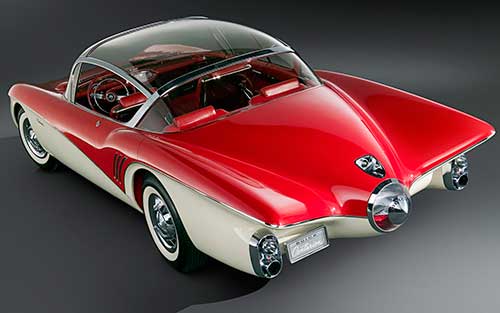
Not all concept cars were actually cars. Some were just renderings, like this one by George Lawson of the AMC Rambler Advanced Design Studio, who worked there in 1955 when Dad was assistant head of design to Ed Anderson, who came out of the Nash styling shop, and helped to kill the Italia in order to concentrate on George Romney’s vision of a simple, small, fuel efficient Rambler motor car for the American people. Still, the sizzle had to be there, and note the similarities to the Centurion. Original auto renderings can go for thousands today, since most were considered company proprietary materials and few survived:
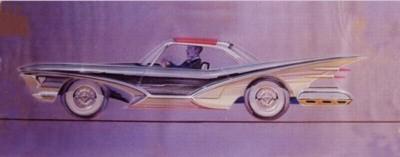
Some were physical creations made of clay and paint and a little chrome. Dad was a clay modeler for a time, working for Ed Anderson in the American Motors Design studio. The clay cars were basically nothing more than life sized models, intended to show off possible new styles to gauge public reaction. This example is from the latter days of the magnificent Packard Company:
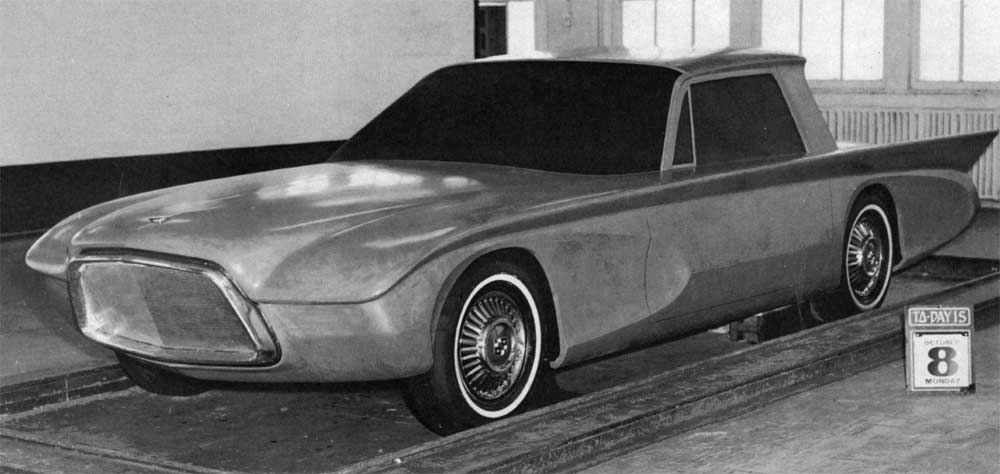
In modern times, all new model vehicles have to undergo many changes before the design is finalized for the sake of practicality, safety, compliance with EPA and DOT regulations and price. A “production intent” vehicle, as opposed to a concept vehicle, serves this purpose, though the rise of computer assisted design has minimized the need to actually build a physical automobile for each step. Here is an example of the Porsche 911S in development, with the company intending to go developing for a full production run:
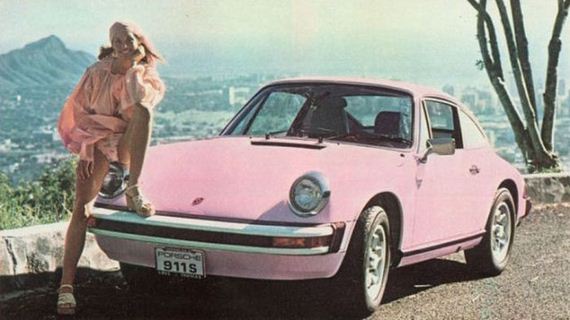
Of course there is another category of “prototype vehicles,” the prototype racing cars, which had to meet strict rules for the number manufactured to qualify as “production” models to run in NASCAR stock car classes, though they were never intended to be mass production road cars. The amazing Dodger Daytona was one of those. Limited to a few thousand cars, they could be purchased by the general public. Today, which equipped with the desirable 426 Hemi engine, can go for $400,000 a copy for the survivors:
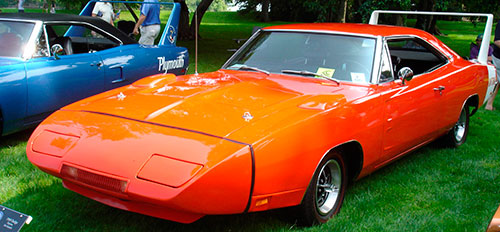
My 1991 GMC Syclone truck is another example- the stock Sonoma truck sheet metal was bolted on an all-wheel drive modified turbo-charged engine, heavy duty power train and all-wheel drive. Only about 1,500 were built, and is still known as “The World’s Fastest Production Pickup Truck,” since in time trials, it could outrun a new Maserati.
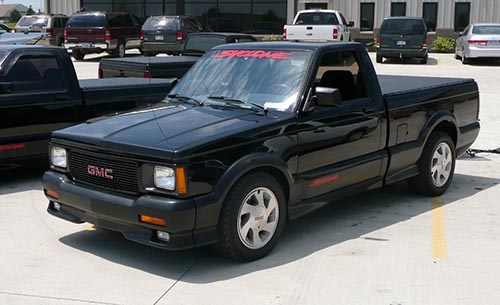
The lines blur across the categories, but that is the matter in a nutshell. It was Harley Earl’s basic premise in car design: you are not selling the steak, but the sizzle.
Copyright 2015 Vic Socotra
www.vicsocotra.com
Twitter: @jayare303
